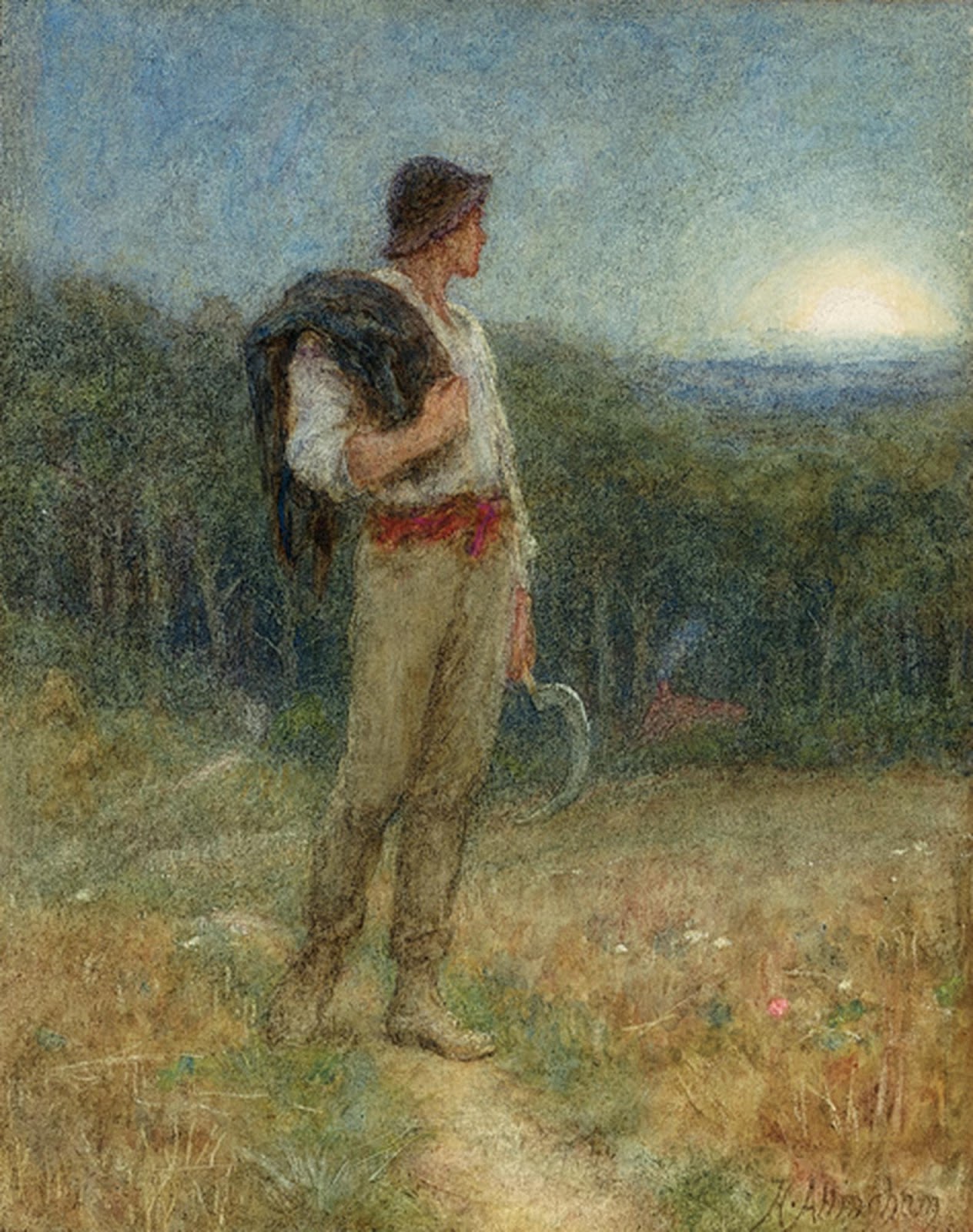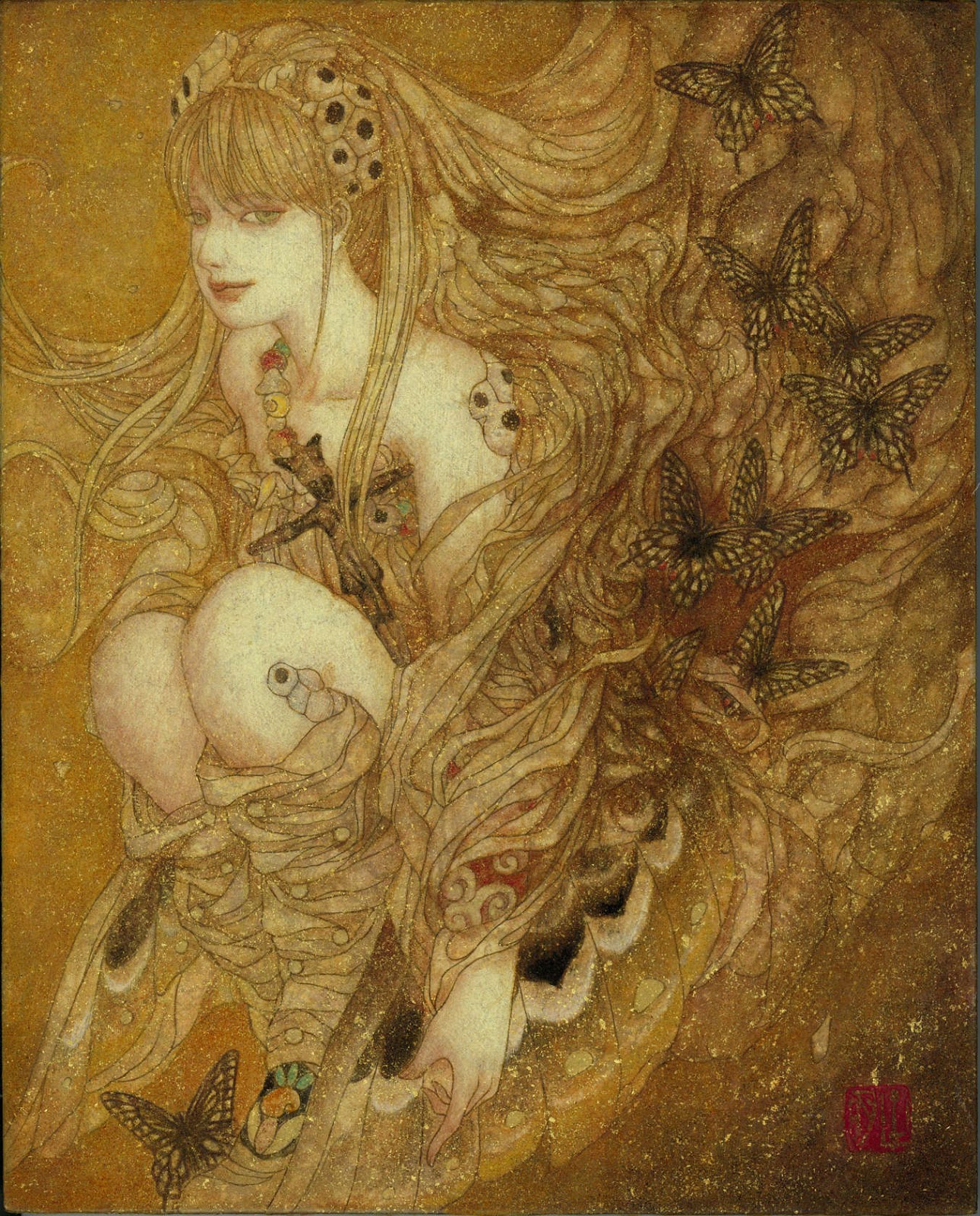

Paul Gauguin, van Gogh che dipinge i girasoli, 1888, Van Gogh Museum
Sunflowers (original title, in French: Tournesols) are the subject of two series of still life paintings by the Dutch painter Vincent van Gogh*. The earlier series, executed in Paris in 1887, depicts the flowers lying on the ground, while the second set, executed a year later in Arles, shows bouquets of sunflowers in a vase. In the artist's mind both sets were linked by the name of his friend Paul Gauguin, who acquired two of the Paris versions.




